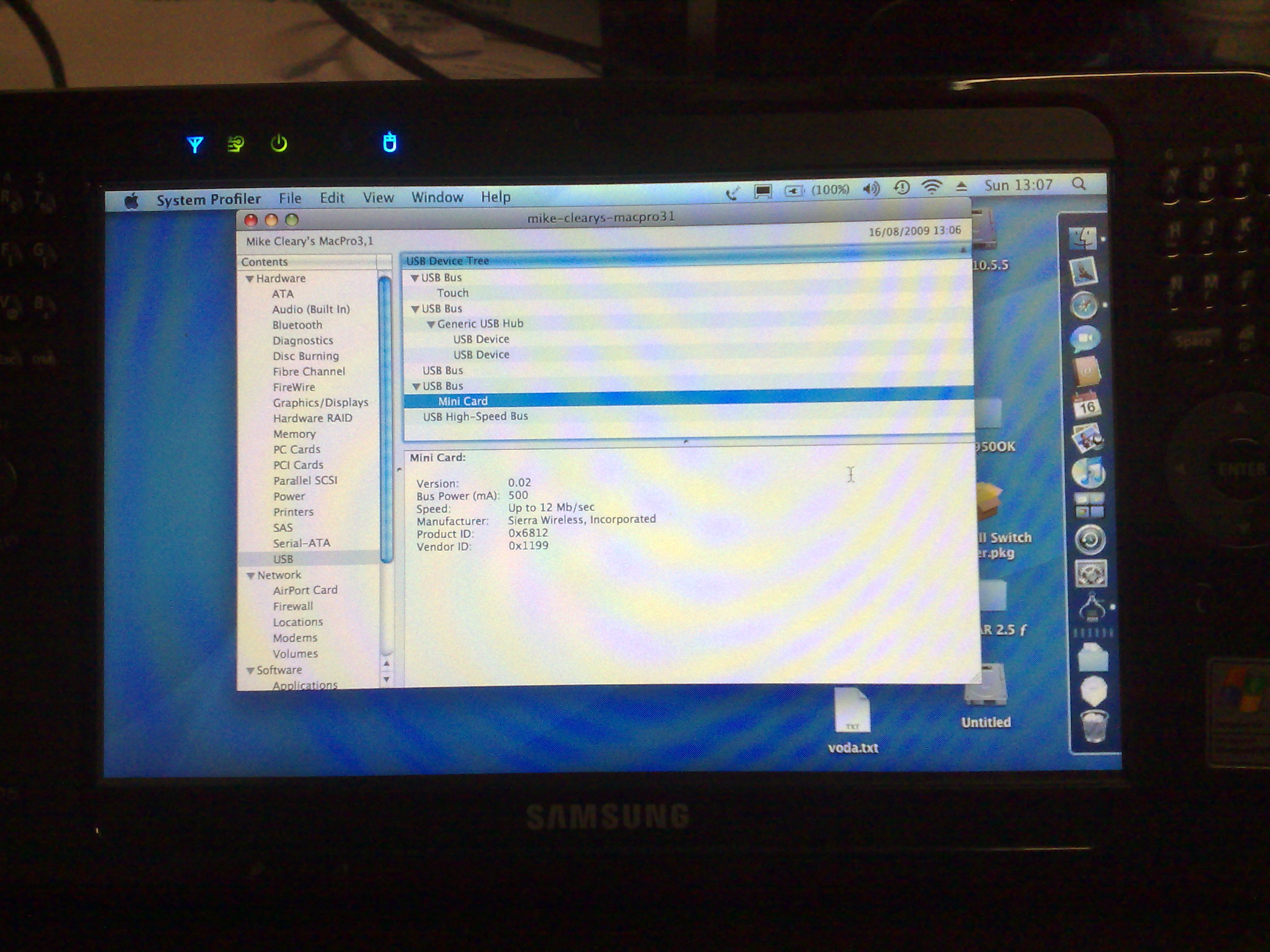First of all, make sure you remove the USB from which you installed Windows, when it is about to restart the first time (after copying files). If it still won’t boot your new installation then yes, it’s probably because Windows Setup sees the iSSD (ExpressCache) as the boot drive and places it’s 100MB SYSTEM partition on it.

- How to Install PowerShell 7.0 in Windows 7, Windows 8, and Windows 10 Microsoft has announced the Generally Available (GA) release of PowerShell 7.0 on March 4, 2020. PowerShell 7 is the latest major update to PowerShell, a cross-platform (Windows, Linux.
- Second, if installing Win7 from USB onto Samsung Series 7 and Series 5 models, Win7 Setup tends to confuse the ExpressCache (iSSD) with the boot drive (which it cannot be) causing a failure to boot after files have been copied. The simplest solution is to install from DVD instead of USB.
Here’s the easiest fix if that happens:
1) Let it boot into Windows Setup again (ie leave that USB in). Once you get past the welcome screen, hit Shift-F10 to get a command prompt.
2) Use XCOPY /E /H /R to copy everything (including hidden files) from that SYSTEM partition (on the iSSD) to the partition where you installed Windows.

(The steps are the same for Windows 7 or Windows 8), except you are not creating a Repair disc but a full installation DVD) Note: Always use high quality DVD+R media and the slowest burn speed (4x or 6x) if offered a choice. 4) For instructions on creating a bootable USB Flash drive to install Windows 7.
Before copying, use DIR /A commands to determine what the drive letters are for those partitions: DIR /A C: and DIR /A D: and DIR /A E: etc. The SYSTEM partition (on the iSSD) should contain a BOOT folder and a bootmgr file. The partition where you installed Windows should contain, you guessed it, a Windows folder 😀

So if your SYSTEM partition (with the boot files) is drive C, and your Windows partition is drive E (for example) use the following XCOPY command: XCOPY /E /H /R C: E: Make sure you get the forward and backward slashes right, they’re important.
3) Now that the Windows partition contains the necessary boot files, we have to make sure it’s flagged Active (bootable). Enter the command DISKPART.
4) At the DISKPART> prompt, use LIST DISK to determine the disk number of your HDD (or SDD). Obviously, it’s the big one (xxx GB) while the small one is the iSSD (xxx MB). Now use SELECT DISK to select the big disk, say SELECT DISK 1.
Install Windows 7 Samsung Q1 Ultrasound
5) Still at the DISKPART> prompt, use LIST PARTITION to determine the partition number of your Windows partition. If you installed Windows on a blank disk, it’s probably the first partition. Now use SELECT PARTITION to select the Windows partition, say SELECT PARTITION 1

Install Windows 7 Samsung Q1 Ultra
6) Still at the DISKPART> prompt, use DETAIL PARTITION to verify you got the right partition.
7) Still at the DISKPART> prompt, use ACTIVE to flag your (now selected) Windows partition Active and bootable.
Install Windows 7 Samsung Q1 Ultra Free
8) Use Exit to leave DISKPART. Exit again to leave the command prompt. Close down Windows setup. Remove the USB. Reboot.